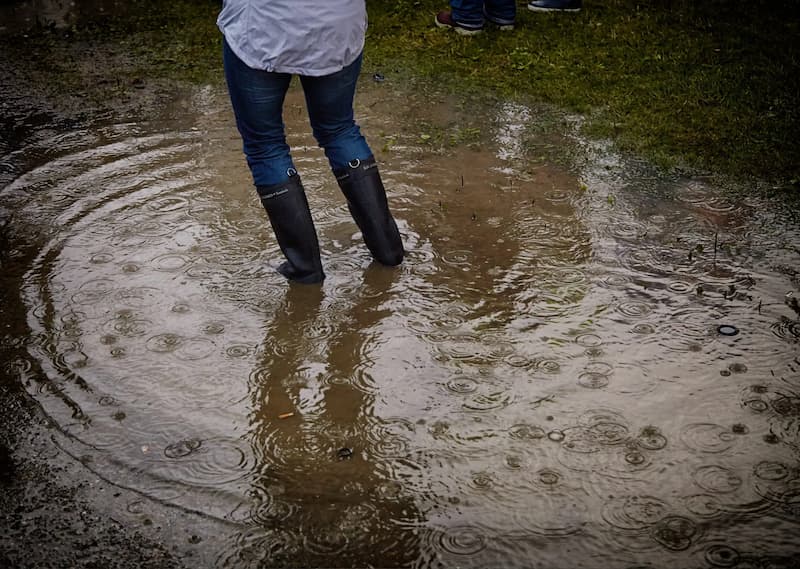What Causes a Sewage Backup in the Basement
Sewage can end up backing up into the basement when the main sewer line or the home’s drainpipes become clogged. Water that’s under pressure, for instance, from a sewer back up, looks for the lowest, easiest point of escape. This is why wastewater backing up from the basement’s sewer line typically comes up out of the main house trap or the basement’s floor drain.
Following are some of the top causes of sewage backup in the basement;
Shower, Bathtub and Toilet Backups
The first thing you should check out if you’re experiencing a sewage backup in the basement, are its showers, tubs, and toilets. Even though these may not be the cause of the problem, they are the first place you might see a sign of a backup since the plumbing related to them is low.
Heavy rains, or flooding
When rainwater and flood overwhelm the city sewer system and it can’t take it anymore, basement sewage backups happen.
Floor Drains Back Up
The basement floor drain doesn’t normally take in water, so when water backs up the problem is probably originating from somewhere else. If your basement’s floor drain is backed up chances are that your sewage line is clogged.
Washing Machine Backs Up
When washing machines back up, a massive amount of water can be released so turn it off immediately. While the problem is typically a clogged drain inside the washing machine, you should have the issue identified by a professional, and fixed immediately, before things get worse.
Safety Tip: If there’s standing water in the basement turn the power off before entering. A sewage backup in the basement can be caused by a number of things which is why you should have a professional plumber diagnose the root cause. A novice trying to determine the cause of a basement sewage problem can end up making the situation worse. Trying to fix any plumbing problem without the correct skills can result in costly repairs.



